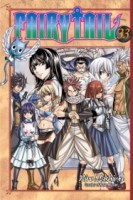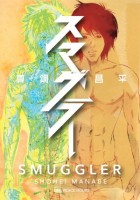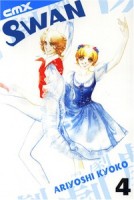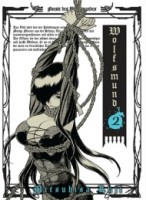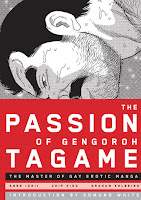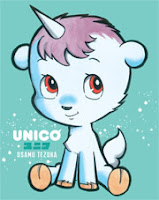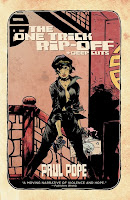 Author: Frédéric Delavier and Michael Gundill
Author: Frédéric Delavier and Michael Gundill
Illustrator: Frédéric Delavier
U.S. publisher: Human Kinetics
ISBN: 9781450463591
Released: October 2013
Original release: 2012
Delavier’s Mixed Martial Arts Anatomy was released by Human Kinetics in 2013. The volume is a translated and revised edition of Frédéric Delavier and Michael Gundill’s Musculation Pour le Fight et les Sports de Combat, originally published in France in 2012. Delavier and Gundill have collaborated with each other on many works focusing on strength training, bodybuilding, and anatomy, several of which have been released in English by Human Kinetics. I was particularly interested in Delavier’s Mixed Martial Arts Anatomy since I myself am a martial artist. I have had some cross-training in other styles (namely tai chi, aikido, and hung gar), but my primary focus in the martial arts has been on traditional Okinawan karate, specifically Shōrin-ryū and Shūdōkan, as well as kobujutsu. Even though I’m not currently active in mixed martial arts, I anticipated that Delavier’s Mixed Martial Arts Anatomy would still be applicable to my own martial arts training. I was very pleased when I was selected to receive a review copy of the work through LibraryThing’s Early Reviewers program.
After a short introduction that establishes why martial artists should pursue strength training, Delavier’s Mixed Martial Arts Anatomy is divided into three major parts: “Principles of Strength Training,” “Strength Training Exercises for Fighting,” and “Training Programs.” The first part covers the basics of strength training and how it can be applied by martial artists to complement their martial arts training. The section specifically focuses on techniques used to increase strength, power, and flexibility, to improve conditioning and endurance, and to prevent injury and support recovery. The strength training exercises are arranged by their practical applications: strengthening the neck, jaw, and core, improving punches, strikes, and kicks, and developing better grabs, pulls, chokes, and throws. The section devoted to training programs provides examples of basic, specialized, and customized strength training programs and circuits.
Delavier’s Mixed Martial Arts Anatomy could have just as easily, and perhaps more accurately, been called Strength Training for Martial Artists. The book outlines strength training principles, exercises, and programs that have been modified for use within any martial arts or combat sports context, and not just specifically in mixed martial arts. Traditional bodybuilding exercise have been modified to mimic fighting conditions to more effectively develop muscle strength and endurance for practical rather than simply aesthetic applications. There is also an emphasis on compound exercises over isolation exercises since martial arts require the use and engagement of the entire body instead of individual muscle groups. Delavier’s Mixed Martial Arts Anatomy focuses on five goals: increasing muscle mass and weight, increasing strength, increasing power, improving isometric endurance, and improving muscular endurance.
Fighters and martial artists who are just beginning to supplement their regular practice with strength training will benefit the most from Delavier’s Mixed Martial Arts Anatomy. However, those who are more experienced should also be able to find useful information and valuable recommendations in the volume. Delavier and Gundill do assume at least some basic familiarity with the use of weights, bands, and other equipment, but for the most part the book is suitable for beginners. All of the exercises described include variations which allow them to be adjusted to better suit a martial artist’s particular fighting style, body type, or current level of experience or strength. The risks and martial benefits of each exercise are also included which further helps to customize and tailor a program for a martial artist’s individual needs. Delavier’s Mixed Martial Arts Anatomy is a fantastic volume—accessible, well-organized, as well as practical. I know that my own training has already benefited from what I’ve learned by reading it.
Thank you to Human Kinetics for providing a copy of Delavier’s Mixed Martial Arts Anatomy for review.


